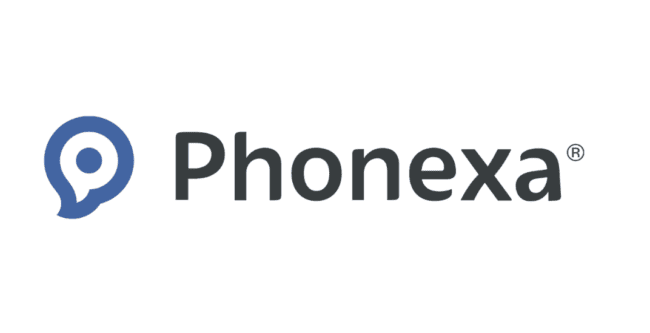Why Consumers Are Spending Less Time on Social Media

For years, social media platforms have been the go-to channels for digital marketers, advertisers, and affiliates. But new data shows that consumers are spending less time on social media than before, with usage dropping by 11% year-on-year. At the same time, overall internet usage has also declined by 7.1%.
This shift raises serious questions for brands that have relied heavily on social platforms to drive engagement, traffic, and sales. If people are spending less time scrolling, how should marketers adjust their strategies? And what’s driving this decline in the first place?
Why Social Media Use is Dropping
Several factors are contributing to the decline in social media engagement. One of the biggest is platform fatigue. Many users feel overwhelmed by the constant stream of content, advertisements, and notifications. Social media, once seen as a way to connect with friends and stay informed, is now saturated with ads, influencer promotions, and algorithm-driven recommendations that don’t always align with users’ interests.
Another factor is the rise of digital detoxing. More people are choosing to cut back on screen time, limit social media use, or take complete breaks from their devices. Concerns over mental health, productivity, and privacy have led to a growing trend of users setting strict limits on their social media consumption.
Privacy changes have also played a role. As platforms introduce stricter privacy policies and limit advertisers’ ability to track user behaviour, personalised ad experiences have become less effective. This has reduced the level of engagement that brands once relied on.
Finally, the fragmentation of social media platforms has made it harder for any one app to dominate user attention. While Facebook, Instagram, and Twitter were once the primary destinations for online engagement, new platforms like BeReal, Mastodon, and Bluesky are dividing audiences, leading to shorter and less frequent visits to any single platform.
What This Means for Digital Marketers
For businesses that depend on social media advertising and organic engagement, this trend is a wake-up call. If fewer people are spending time on these platforms, marketing strategies need to evolve.
One immediate impact is higher ad costs with lower engagement rates. As platforms see less organic user activity, they are likely to prioritise paid promotions even more aggressively. This means that brands will have to spend more to maintain the same visibility they previously enjoyed.
It also means that affiliate marketers who rely on social media traffic will need to diversify their promotional strategies. Platforms like Instagram and TikTok have been major sources of affiliate sales, but if engagement drops, conversion rates could follow. Marketers may need to focus on email marketing, SEO, and direct partnerships rather than relying solely on social referrals.
Additionally, brands will need to focus more on quality over quantity. Instead of flooding feeds with endless content, businesses should prioritise high-value interactions, personalised engagement, and content that genuinely resonates with their audience. This might mean shifting towards community-driven marketing, such as private Facebook Groups, Discord servers, or exclusive email lists.
Where Are Consumers Going Instead?
If people are spending less time on social media, where are they going? One major shift is towards long-form and immersive content. Podcasts, newsletters, and video streaming platforms are seeing increased engagement as users look for more in-depth and meaningful content experiences.
Search engines and direct website traffic are also regaining importance. With fewer people passively scrolling, brands that invest in strong SEO and compelling website experiences will have a better chance of attracting and keeping attention.
Messaging apps and private communities are another area of growth. While public social media feeds are seeing declines, platforms like WhatsApp, Telegram, and Slack are becoming key spaces for digital conversations. Some brands are already shifting their focus towards direct engagement through customer support chatbots, WhatsApp marketing, and private membership communities.
How Marketers Should Adapt
The decline in social media usage doesn’t mean digital marketing is dying—it just means that marketers need to change their approach. Instead of chasing engagement on crowded platforms, brands should invest in owned media channels like email lists, websites, and podcasts.
Affiliate marketers should look beyond social media for traffic generation. Investing in search-optimised content, partnerships with high-quality websites, and video marketing can provide long-term traffic stability.
Businesses that rely on social media should also explore new ways to connect with their audience, such as creating exclusive content for subscriber-based platforms or experimenting with emerging social apps before they become oversaturated.
As consumer behaviour continues to shift, one thing is clear – brands that adapt will thrive, while those that rely solely on old strategies risk being left behind.

Interested in becoming a part of our growing community?
Sign-up here to receive our newsletter and stay up-to-date on all things Affiliate and Affiverse !






